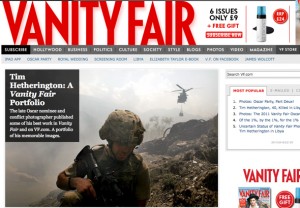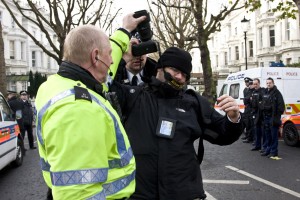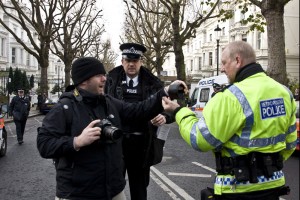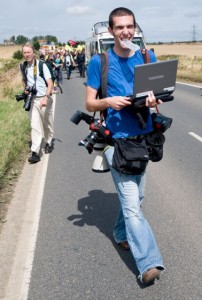Last night news broke that a Western journalist was believed to have been killed in Libya.
It wasn’t too long before more details emerged from within the country and the UK Foreign Office was able to confirm the death of Tim Hetherington, a British born photojournalist – the first British journalist known to have been killed since conflict broke out in Libya earlier this year.
When news of his death came out three other photographers were also reported as being injured, and it was later confirmed by Getty Images that one of the trio, its staff reporter Chris Hondros, had died from his injuries late on Wednesday.
Hetherington, who was born in Liverpool but lived in the US, contributing to titles such as Vanity Fair.
He was said by his family to be in Libya as part of a multimedia project to highlight humanitarian issues during time of war and conflict.
Since his death, tributes have been flooding in across British and international press.
We have collected together just some of the examples of his work being celebrated, and the messages being given in his memory.
Vanity Fair, which also published a statement which it claimed to be from Hetherington’s family last night, has produced a slideshow portfolio of the photojournalist’s work produced for the magazine. This includes images from Afghanistan, the setting for his Oscar-nominated documentary Restrepo.
Panos Pictures, which also published work by Hetherington, also offered its condolences as news broke yesterday, saying he was “an irreplaceable friend and contributor to our agency since the earliest days”.
He combined a fierce intelligence with a deeply creative approach to photography and filmmaking that marked him apart from his peers.
He knew what path he wanted to follow, his work was direct and purposeful and stood as an example to many of his proteges.
We are still trying to come to terms with how someone so full of life could be stopped so cruelly in his tracks.
Speaking on Newsnight last night friend and fellow journalist James Brabazon called Tim, who had previously also worked with the BBC, as “a leading light of his generation”.
It really is not an exaggeration to say that his eye and his ability for what he did was unique, and his reportage really defined a generation of covering conflict.
The main thing about Tim to understand is that he was fundamentally a humanitarian.
A lot of the work that he did wasn’t just for the news or for magazines but was for human rights organisations as well.
He was a really passionate and an incredibly talented storyteller.
The Guardian has also produced a slideshow of Hetherington’s work, showcasing his coverage of conflict across the world and on a Facebook page for Hetherington tributes continue to be left.
Below is a video preview of his documentary Restrepo:




